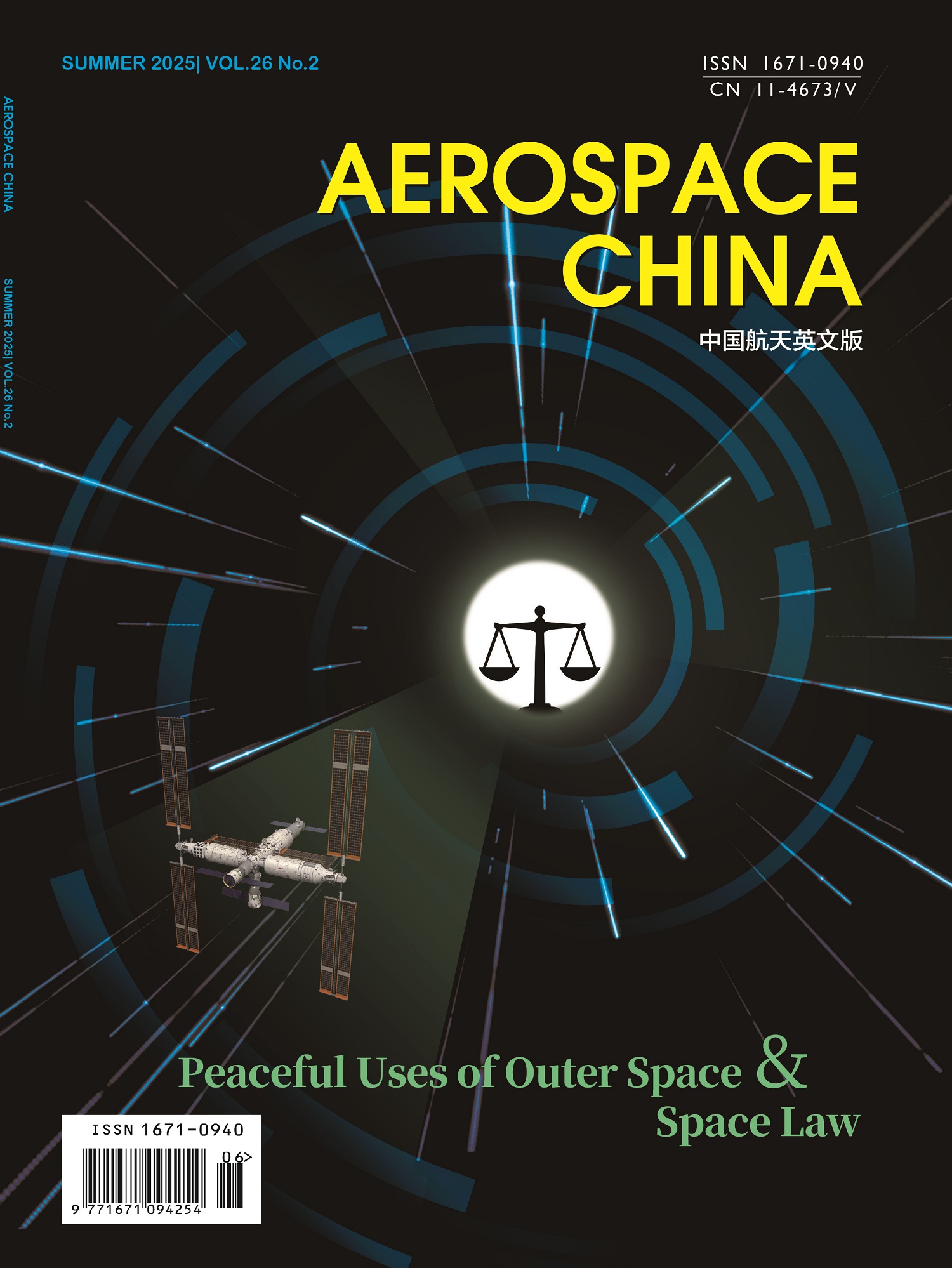QB50 Project and the Development of CubeSat Technology in China
ZHOU Jun, LIU Yingying, LIU Guanghui, BAI Bo, PANG Weijian, ZHU Peijie, YU Xiaozhou
2018, 19(2):
30-39.
doi:10.3969/j.issn.1671-0940.2018.02.004
 Abstract
(
404 )
Abstract
(
404 )
 PDF (1177KB)
(
348
)
Related Articles |
Metrics
PDF (1177KB)
(
348
)
Related Articles |
Metrics
The CubeSat refers to the low-cost nano satellite produced by international standards. The QB50 proj�ect is “an International Network of 50 double CubeSats for multi-point, in-situ, long-duration measurements in the lower thermosphere and re-entry research”. There are 23 countries and region participated in the QB50 Project. 38 CubeSats were developed and launched. Among them, four CubeSats developed by Chinese universities were sent to orbit (Three were deployed from the International Space Station, and one was launched by the Polar Satellite Launch Vehicle, PLSV). They are Aoxiang-1 (Northwestern Polytechnical University, the Asia coordinator), LilacSat-1 (Harbin Institute of Technology), NJUST-2 (Nanjing University of Science and Technology) and NUDTsat (National University of Defense Technology). Through the development of the QB50 Project, Chinese researchers and students got in touch with the concept of CubeSat and gained experience of international scientific cooperation. A lot of students took part in the assembly, integration, and test of spacecraft, which is helpful to the training of space talents. Now, many universities and institutes have the capabilities to develop CubeSats and the subsystems independently.



